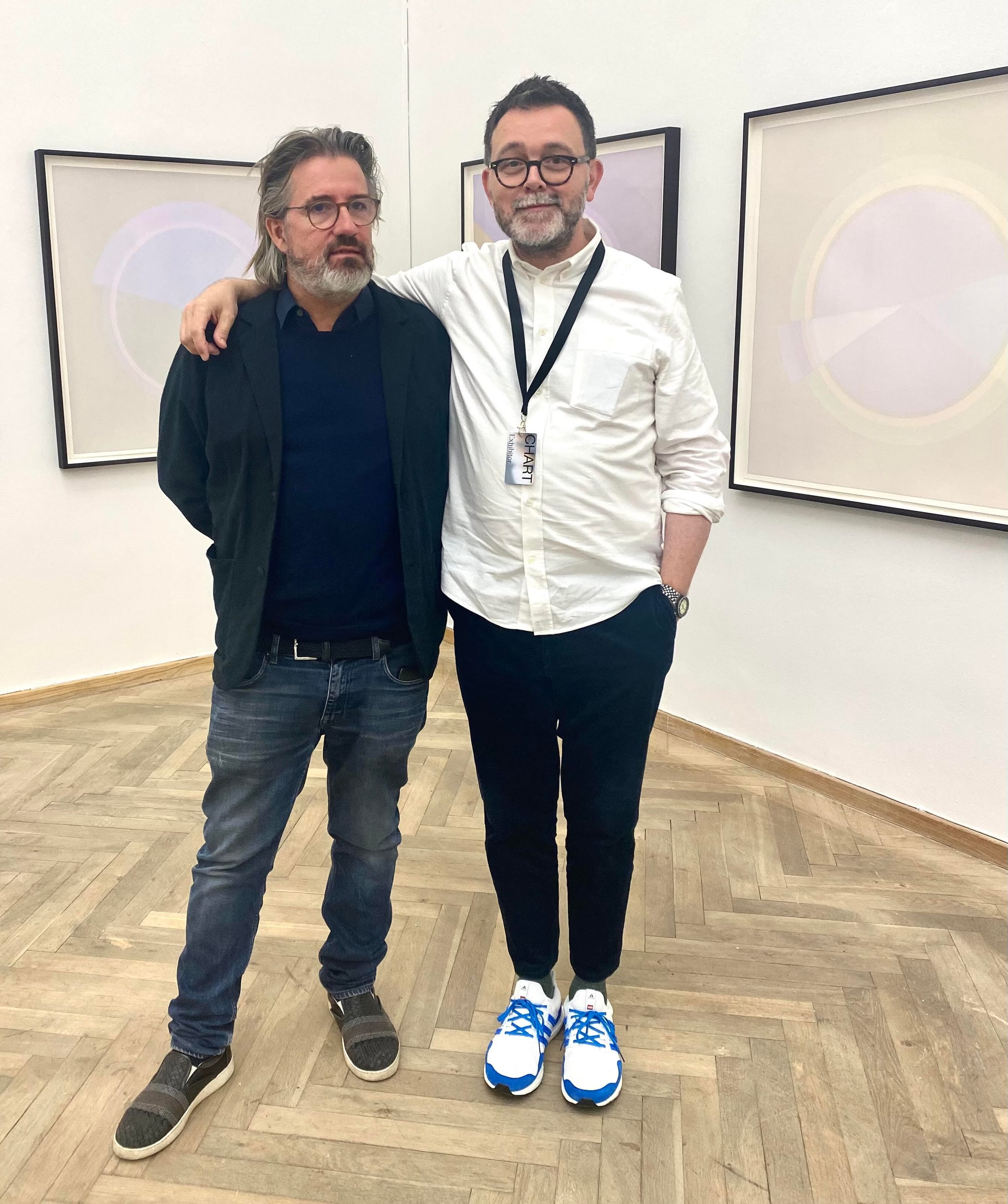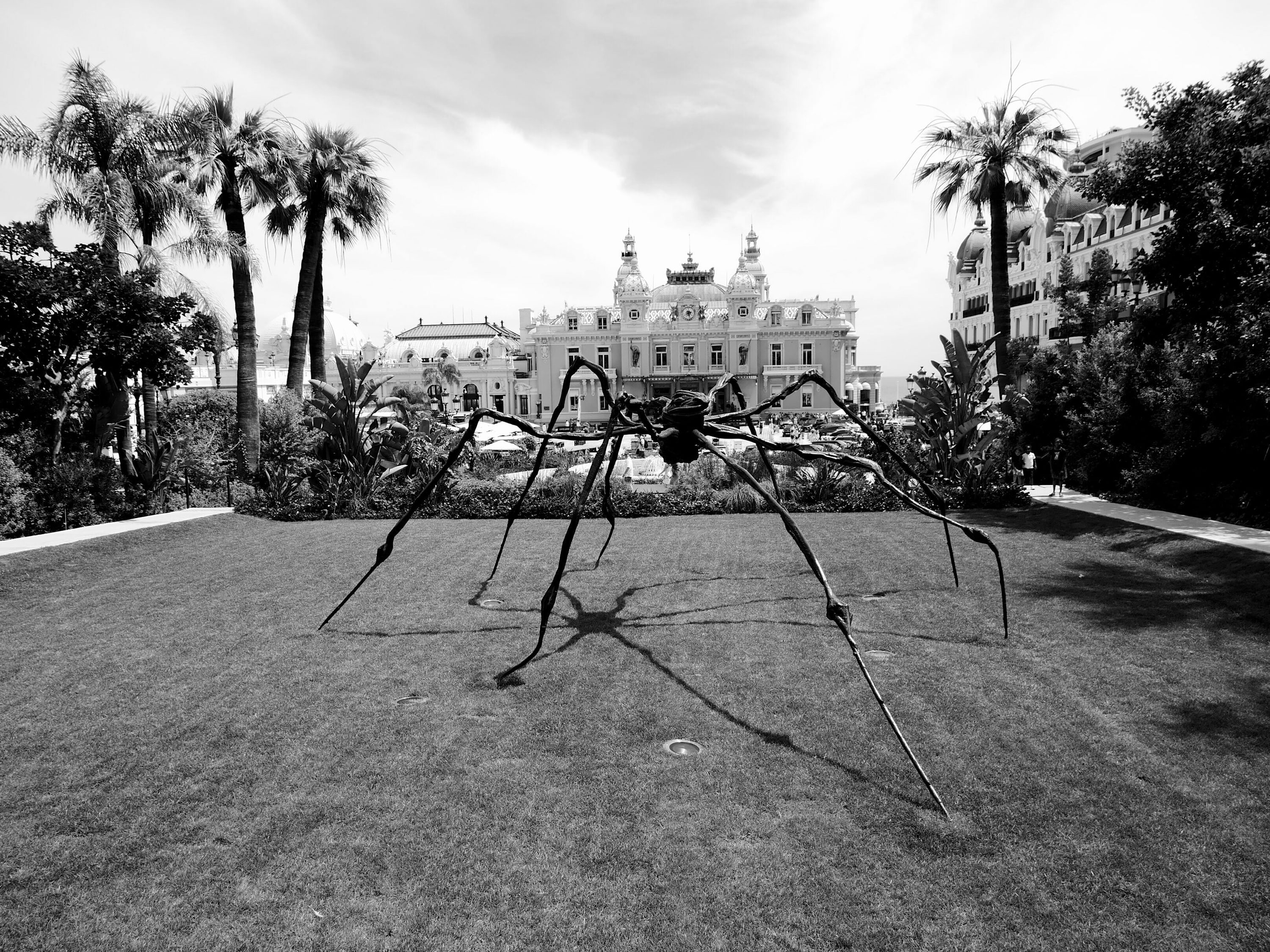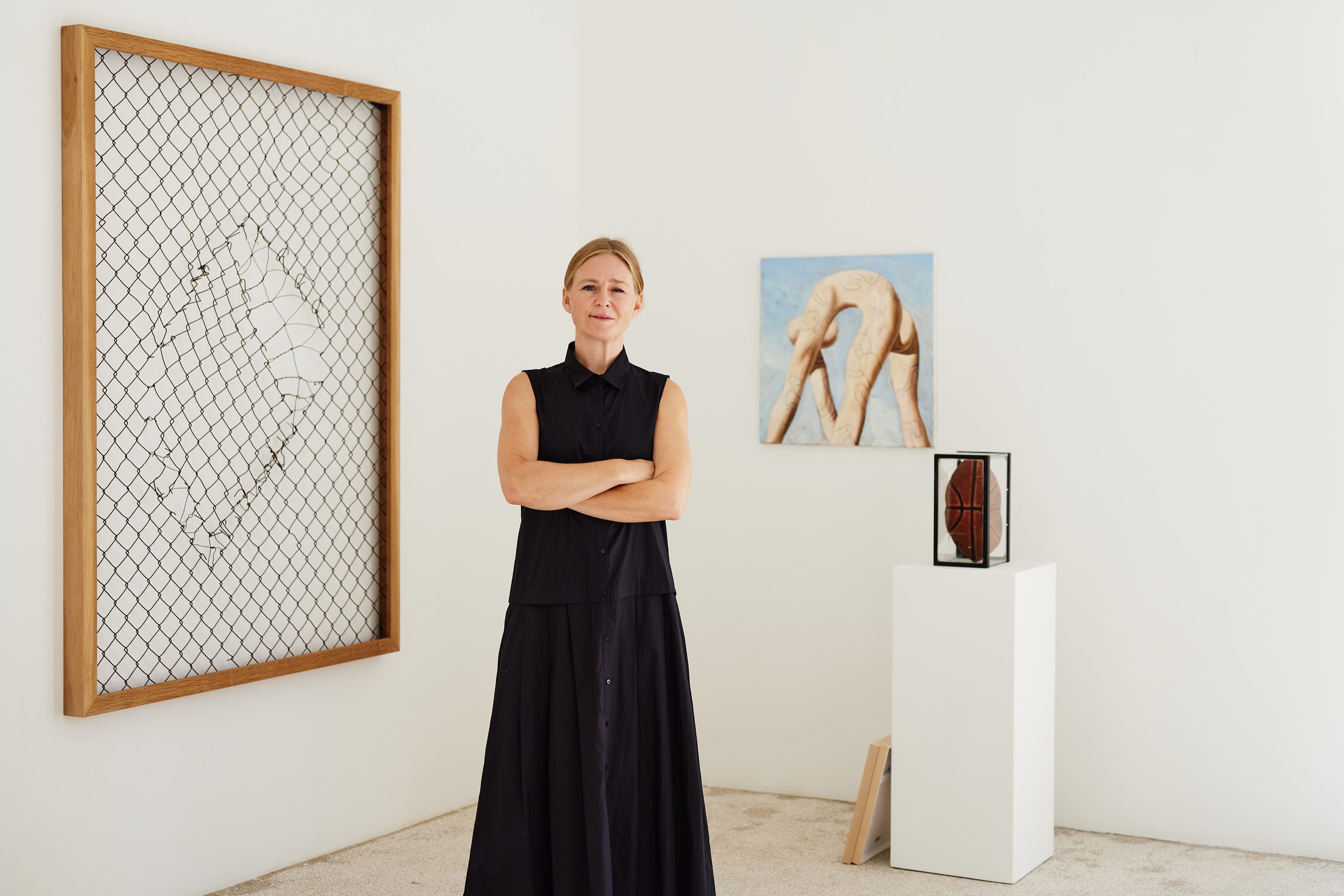
Portrait of Jeanette Steinsland with work by Akay, Leo Park and Tyrell Winston.
Courtesy of the artists and Gallery Steinsland Berliner.
How do you identify? What do you call yourself? (gallerist/dealer/other)
I call myself a gallerist.
Traditionally dealers / gallerists came from the same social group as the collectors. Recently there has been a shift towards coming from the artists' side. Where would you say you started?
I grew up in a rural and fairly low-income part of Norway where working within the art world was not a conceivable option, so me ending up in the field was unpredicted. I always found joy in collaborating as part of a community, which primarily led to a personal involvement in sports and later to close relationships with members of the DIY creative culture whose industriousness I identified with.
All my friends were either athletes or part of this DIY-culture as artists, musicians, writers, skateboarders, designers etc.
In the 90s I ran a skateboard/snowboard shop in Norway before moving to London for art school in 1998. I was never the best snowboarder, I ended up running the shop. I guess it was the same with art, I was never an artist but I ended up as the gallerist. It all makes sense now that I look back, I always wanted to be close to and help the people that really were good at what they were doing. I was good at recognizing potential.
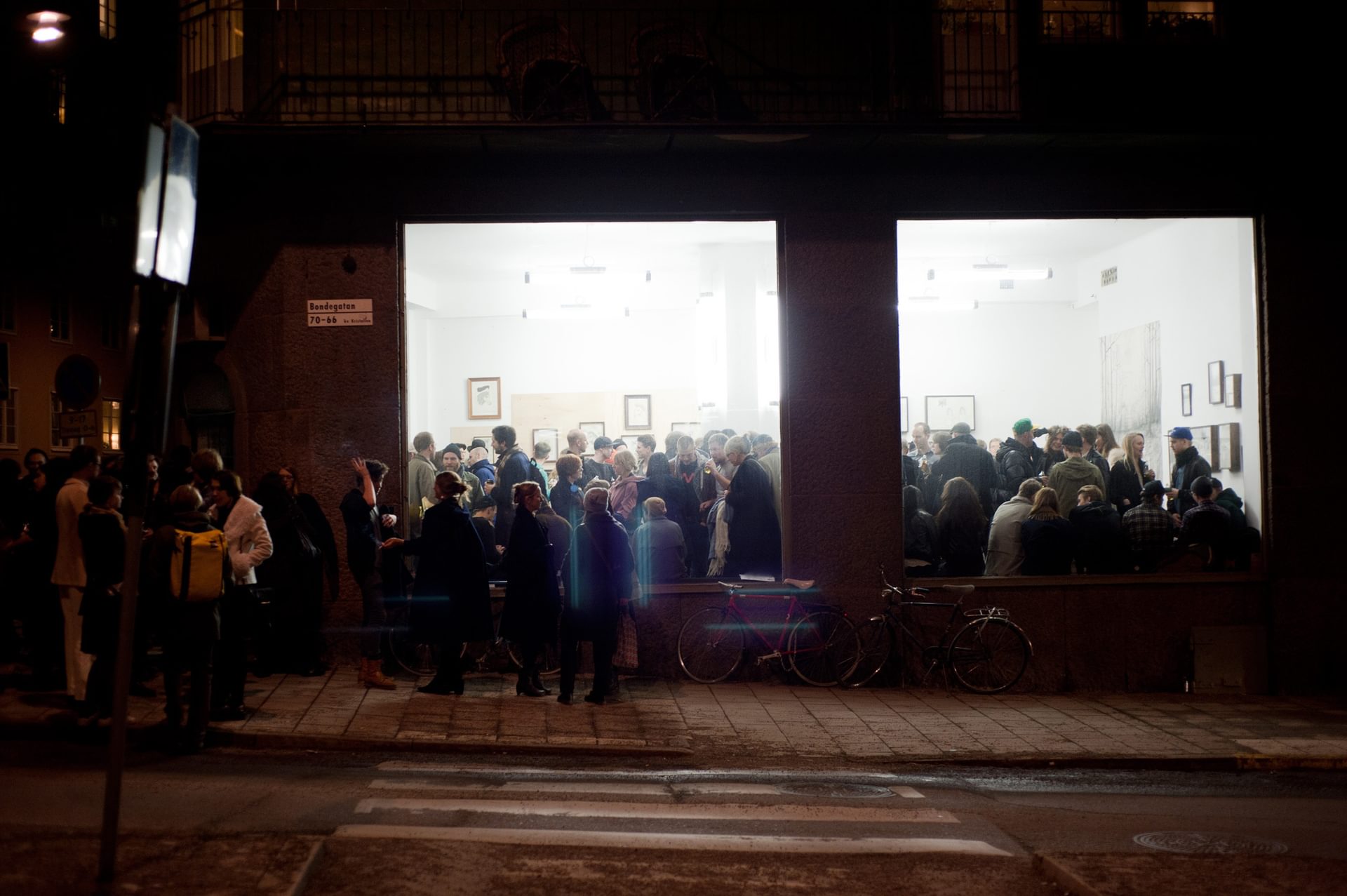
Exterior view of the gallery, 2010
Courtesy of Gallery Steinsland Berliner
All superheroes have a creation myth, what's yours? What got you started? Not many kids say: “I want to be a gallerist when I grow up.” How did you get into it?
After my years in London I moved to Copenhagen.
One summer I decided to rent a big house at Vesterbro in Copenhagen and I invited musicians, designers, artists, architects and chefs to create a show together. That was when me and Jacob Berliner (my business partner at Steinsland Berliner) did our first work together. Jacob offered me the use of his car and some money to buy beer for the party. We both had lots of fun and it all turned out really well.
I later moved to Stockholm where I was offered a job as Head of Arts at this new space called AG925 for whom I booked concerts, curated art shows and organised other events.
Jacob at that time had some business and a girlfriend in Stockholm so we kept bumping into each other and at some point, Jacob started talking about us opening a gallery together. I had no desire at that point to open a gallery and I told him that, but he kept asking. And some years later I started to long for the focus that white cube spaces can provide. In 2008 Jacob and I decided to open Gallery Steinsland Berliner.
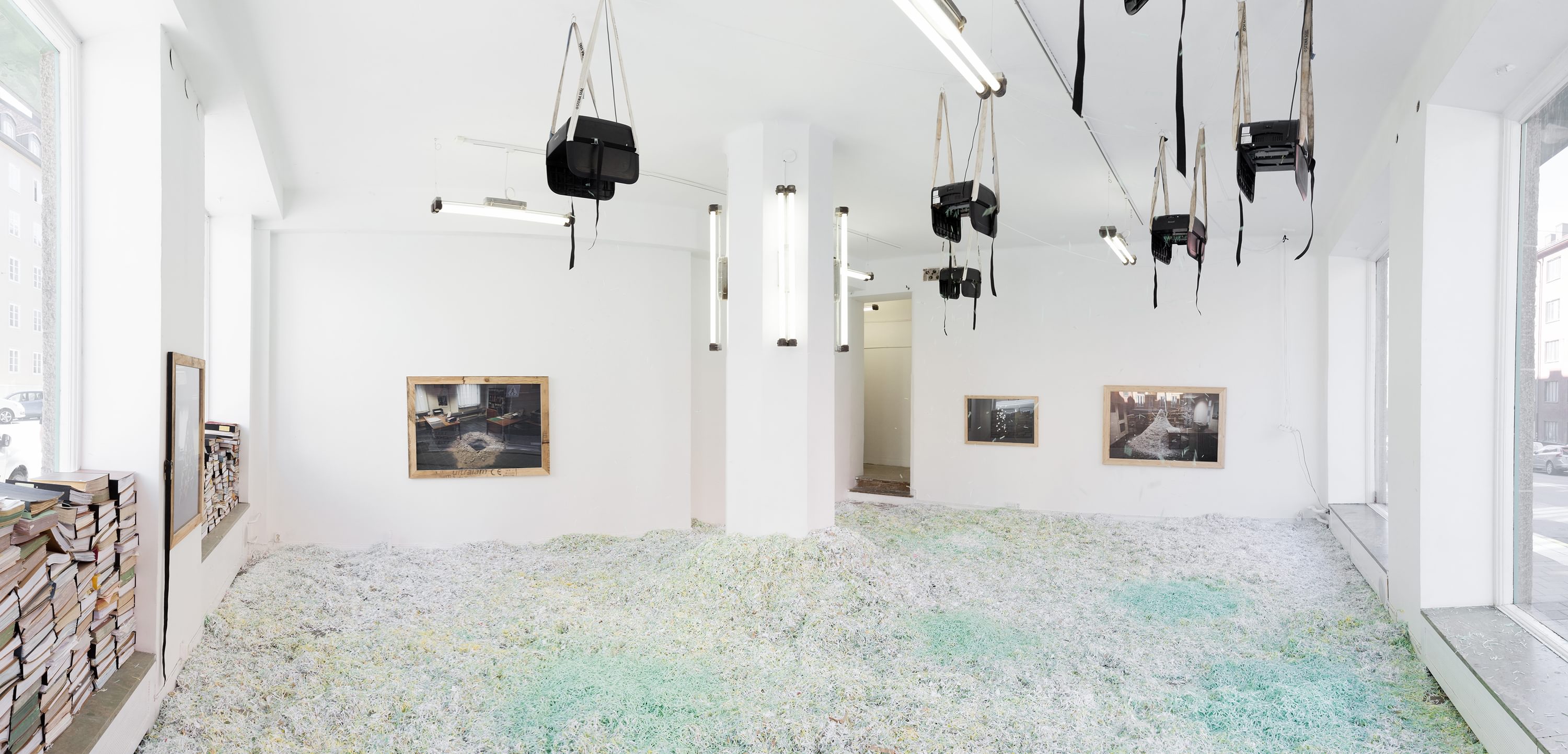
Installation view of "Top to Bottom" by Akay & KP, 2016
Courtesy of the artists and Gallery Steinsland Berliner
Did you have any gallery experience before opening your gallery?
Not from a traditional gallery, but I had curated a lot of shows at various locations.
You walk into the packed dining room of the restaurant at Kunsthalle Basel the night of the opening of ART Basel. There are two large tables: one full of artists, one full of collectors. You can choose one table for the evening. Where do you sit and why?
I am close with both groups. But if I was there to work for an artist I would go and sit with the collectors to do my job. If I was there for myself, I would go and sit with the artists.
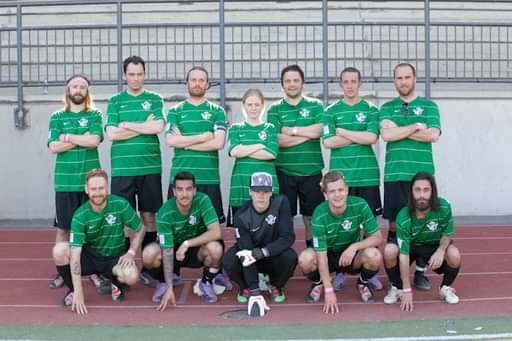
GSB football team, 2009
Courtesy of Gallery Steinsland Berliner
What is your role? (talk about what you think the most important parts of your job are, what is your function, what is your role in the artworld?) (curator / agent / manager / salesperson / therapist / bank / coach / host / entertainer / accountant / magician… )
As a gallerist, my role changes depending on the artist I am working for. But in general, I see myself as working for and with the artist, in support of their practice. This can entail a lot: production, assisting in finding new opportunities for the artists, handling sales and communication, storage and documentation of works etc. The list goes on. A big part of it is being a friend and sounding board.
But it is also my role to make sure the gallery survives and is a stable place for all the artists and the people working there. The gallery space is one of the few spaces where the artist can return to. If we are lucky to work for an artist, say for thirty years, then perhaps we will have done ten or fifteen shows together. Good shows and maybe bad shows. Ups and downs, but the gallery space will be one of the few if not the only space where the artist, the collector and audience can consistently come together.
What are your responsibilities and to who?
My responsibility is to do my best for the artist and the gallery.
What are the ethics of your job? Have they changed since you started?
Keep working and learning, grow slowly, be kind and open. Find good people to work with and for. My background in sports has led me to see the similarities between being an athlete and an artist.
There is both team work and self-initiative involved. I myself am happy to be in someone’s corner.
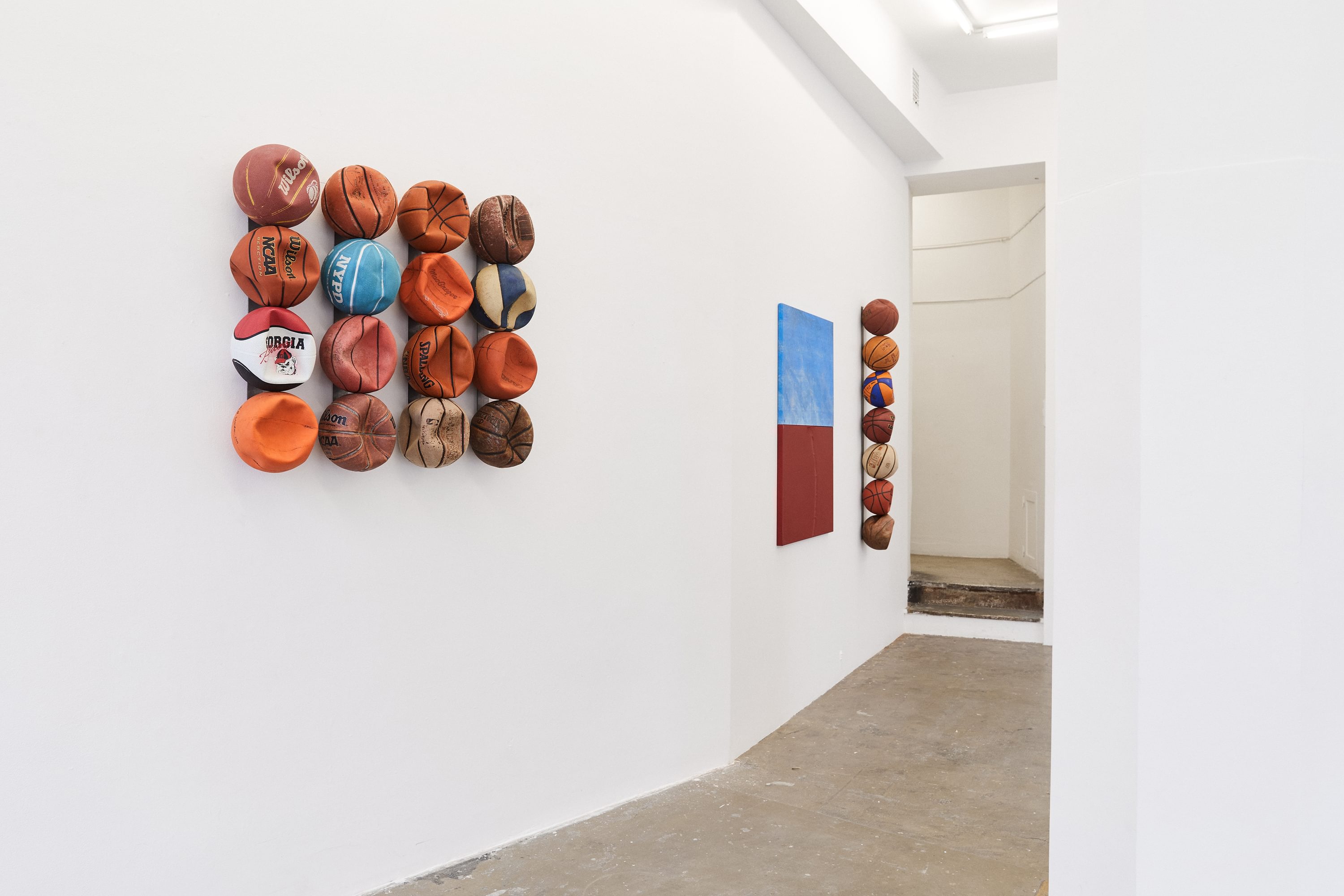
Installation view of "Playing Possum" by Tyrrell Winston, 2019
Courtesy of the artist and Gallery Steinsland Berliner
What was the first show you made?
The first “real” show I did was at the Sigmund Freud Museum in London. The first independent show I did took place in Copenhagen and was a group show of international and Nordic artists.
But I guess it all started back in that skateboard shop in Norway, if we can call the things we made there shows.
What was the first work you ever sold? Do you wish you had bought it rather than selling it?
I do not remember the first piece, but I often regret not buying works. I do remember selling a painting by Banksy in 2005 from a show we did at AG925: a diptych called Girl With Balloon. It was the guy who did lighting at AG925 that bought it for his girlfriend’s 30th birthday. I remember I thought he was crazy spending so much money on a present, he paid 15.000,- SEK. I read somewhere that the work was recently sold for 4.75 million USD. Crazy story!
The American comedian Chris Rock said, Michael Jackson is rich, the guy who signs his cheques is wealthy. Anthony D'Offay said, you can get rich selling art but you get wealthy buying art. Do you collect art? From the artists you represent? More widely?
Yes I do collect art. From the artists that I work for and more widely.
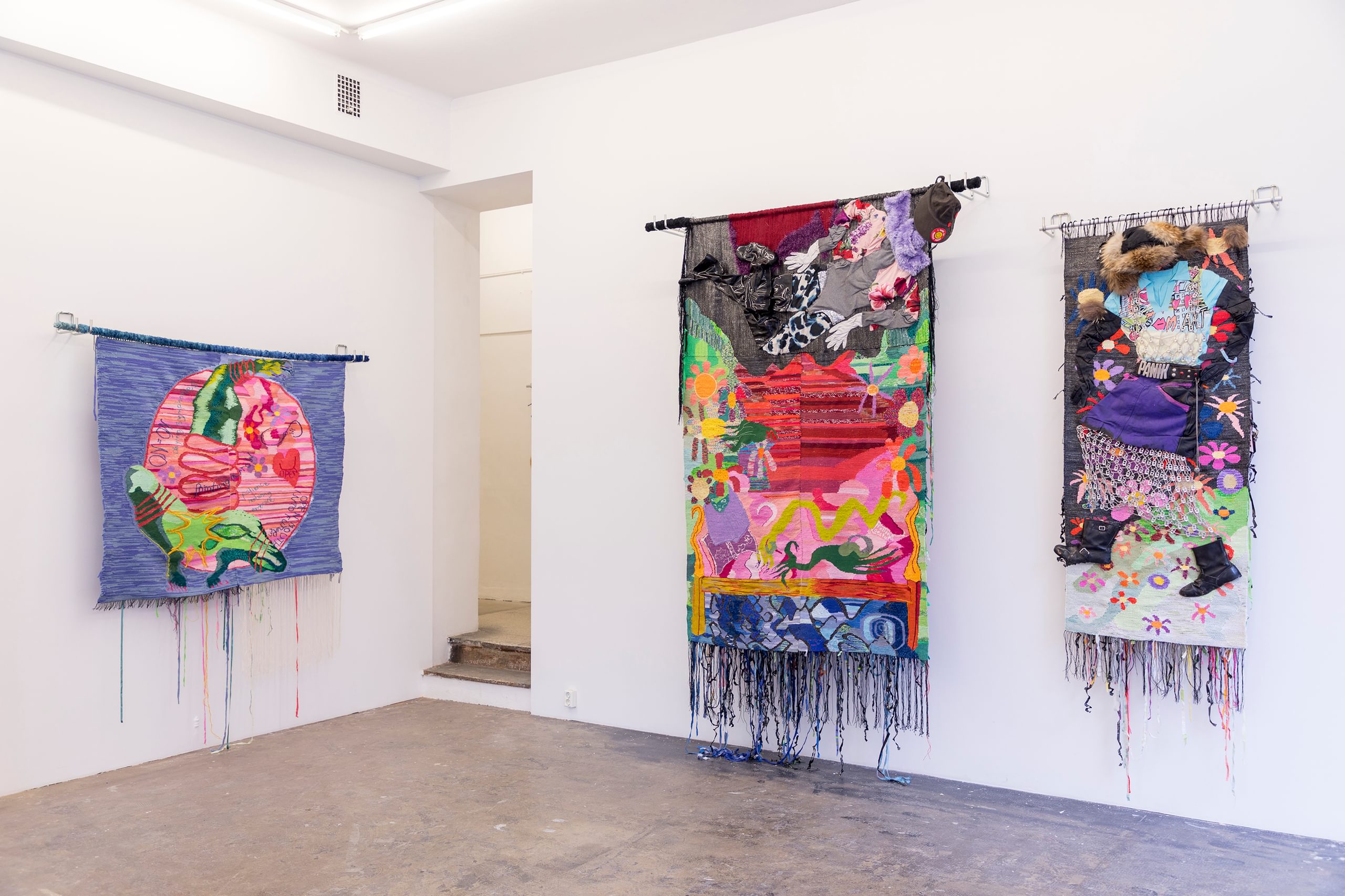
Installation view of "PANIK" BY Linnéa Sjöström, 2022
Courtesy of the artist and Gallery Steinsland Berliner
How has your role changed since you started? (for good and for bad)
I am more professional and more focused. And we are no longer the new kids on the block, which is both good and bad.
I love that younger artists, and colleagues are starting up new things, it is just as it should be. But I am also very happy to be more experienced and feel stable with how we want to work.
How has the artworld changed since you started? (for good and for bad)
It has grown: there are more artists, galleries, institutions, financial resources and with digitalization it has also become more international. I think it´s good. There is so much good art to be explored and brought to attention so an increase in interest and number of players is positive.
“Keep working and learning, grow slowly, be kind and open. Find good people to work with and for.”
Founder and Director of Steinsland Berliner
Is there an international artist you have introduced to a Scandinavian audience through your representation?
Yes, several. French artist duo Nøne Futbol Club is an example relating to Chart. We presented their work at the fair in 2018.
Is there a young artist you have helped to achieve international recognition?
Yes, several. Another example relating to Chart is Arvida Byström, whose work we showed at the fair in 2019. Arvida is one of the young artists we work for who has a signifcant international presence.
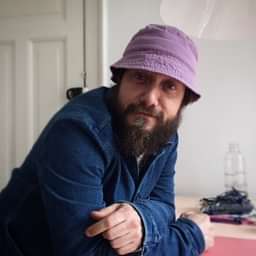
David Risley is an artist. He ran David Risley Gallery, in London (2002-2010) and Copenhagen (2010-2018). He was founding Co-curator of Bloomberg Space, London (2002-2005), Co-founder of Zoo Art Fair, London (2004), and Co-founder and Co-owner of CHART. He continues to write, curate, and develop projects with artists. He is developing a sustainability project for public-facing institutions.
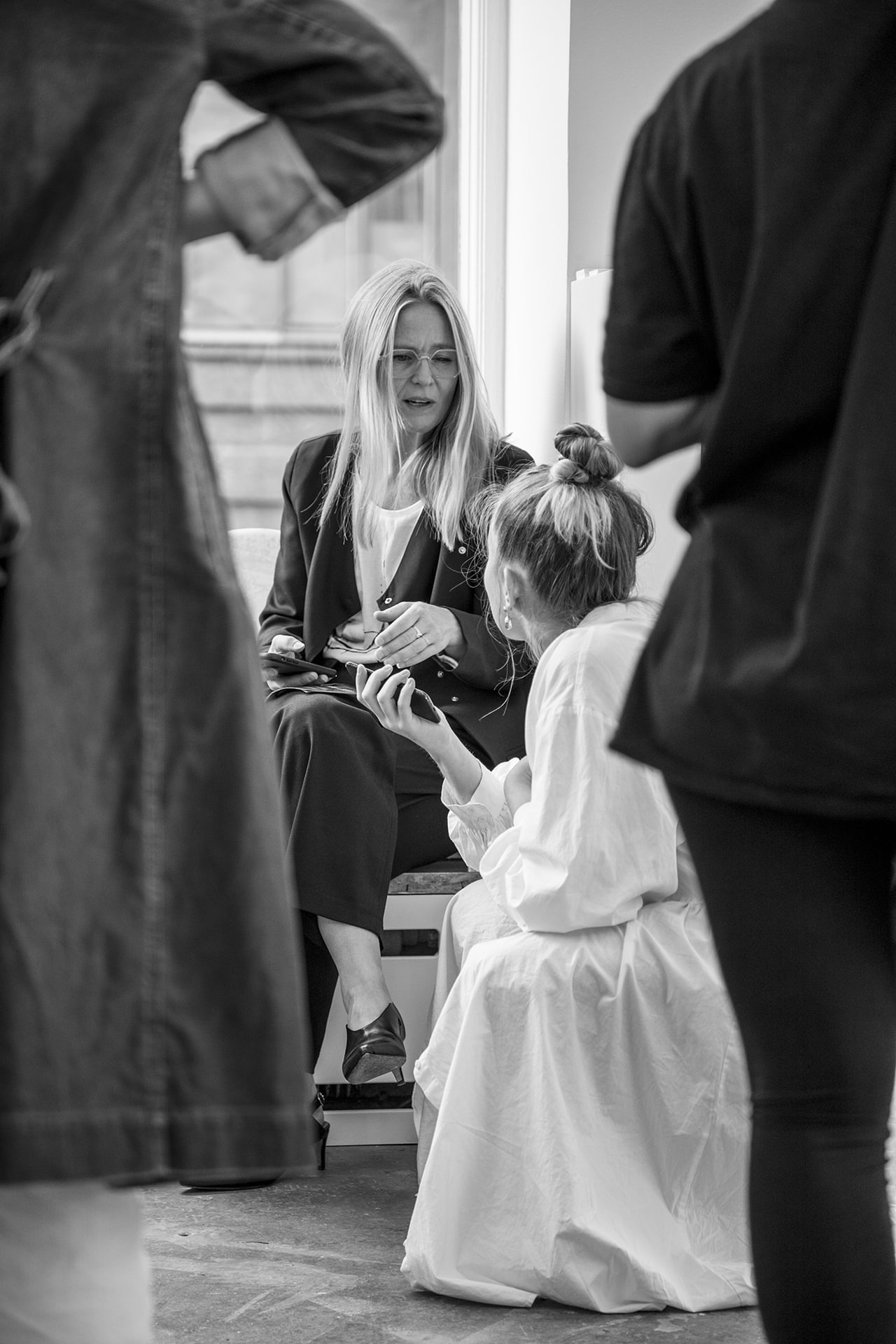
Jeanette Steinsland is the founder and director of Gallery Steinsland Berliner. Gallery Steinsland Berliner is a Stockholm-based gallery founded in 2008 by Jeanette Steinsland and Jacob Kampp Berliner with the intention of creating an open and imaginative space for contemporary art. It has remained a mainstay in the city known for showcasing exciting artists and encouraging a candid and collaborative approach.

